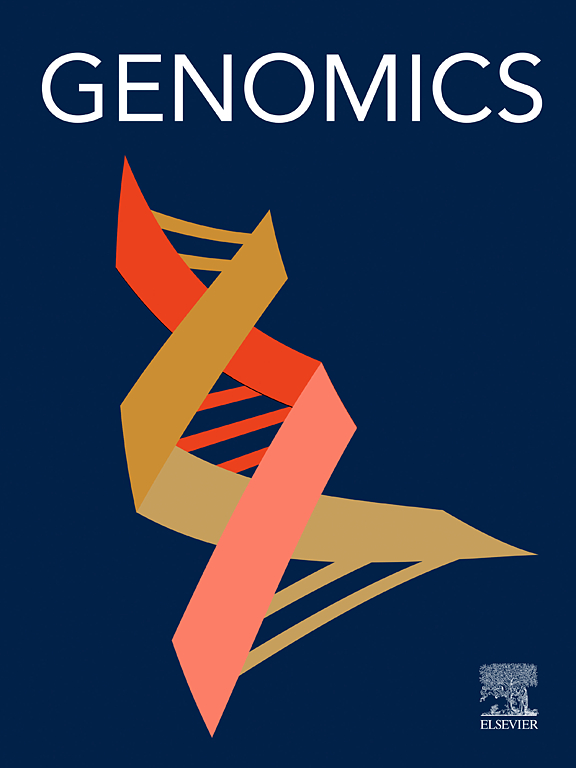地衣形成真菌的全基因组序列揭示了生物合成基因簇的扩展库。
IF 3
2区 生物学
Q2 BIOTECHNOLOGY & APPLIED MICROBIOLOGY
引用次数: 0
摘要
地衣代表了真菌和光合藻类之间独特的共生关系,使它们能够在恶劣和极端的栖息地中生存。虽然众所周知,它们的适应性,地衣形成真菌的基因组特征仍然相对较少的研究。本研究将形成地衣的真菌Cetrariella delisei基因组组装为40个contigs,全长45.8 Mbp, BUSCO完整性为96.7 %。重复序列占基因组的18.14% %。总共有11,716个基因被注释,包括401个假定的碳水化合物活性酶(CAZymes),尽管多糖裂解酶缺失。与其他5种香芹科植物的比较分析表明,delisei的辅助活性基因数量明显高于其他5种。值得注意的是,delisei拥有79个生物合成基因簇(bgc),超过了在近缘物种中通常观察到的50至65个簇,反映了扩大的生物合成库可能是增强天然产物多样性的基础。这些结果提高了我们对地衣共生的认识,并为今后的研究提供了宝贵的基因组资源。本文章由计算机程序翻译,如有差异,请以英文原文为准。
Whole-genome sequence of the lichen-forming fungus Cetrariella delisei reveals an expanded repertoire of biosynthetic gene clusters
Lichens represent a distinctive symbiotic relationship between fungi and photosynthetic algae, allowing them to persist in harsh and extreme habitats. While known for their adaptability, the genomic features of lichen-forming fungi remain relatively understudied. In this study, the genome of the lichen-forming fungus Cetrariella delisei was assembled into 40 contigs, spanning 45.8 Mbp, with a BUSCO completeness of 96.7 %. Repetitive sequences comprised 18.14 % of the genome. A total of 11,716 genes were annotated, including 401 putative carbohydrate-active enzymes (CAZymes), though polysaccharide lyases were absent. Comparative analysis with five additional Parmeliaceae species showed that C. delisei contains a markedly higher number of auxiliary activity genes. Notably, C. delisei harbors 79 biosynthetic gene clusters (BGCs), exceeding the 50 to 65 clusters typically observed in related species, reflecting an expanded biosynthetic repertoire potentially underlying enhanced natural product diversity. These results improve our understanding of lichen symbiosis and provide a valuable genomic resource for future research.
求助全文
通过发布文献求助,成功后即可免费获取论文全文。
去求助
来源期刊

Genomics
生物-生物工程与应用微生物
CiteScore
9.60
自引率
2.30%
发文量
260
审稿时长
60 days
期刊介绍:
Genomics is a forum for describing the development of genome-scale technologies and their application to all areas of biological investigation.
As a journal that has evolved with the field that carries its name, Genomics focuses on the development and application of cutting-edge methods, addressing fundamental questions with potential interest to a wide audience. Our aim is to publish the highest quality research and to provide authors with rapid, fair and accurate review and publication of manuscripts falling within our scope.
 求助内容:
求助内容: 应助结果提醒方式:
应助结果提醒方式:


